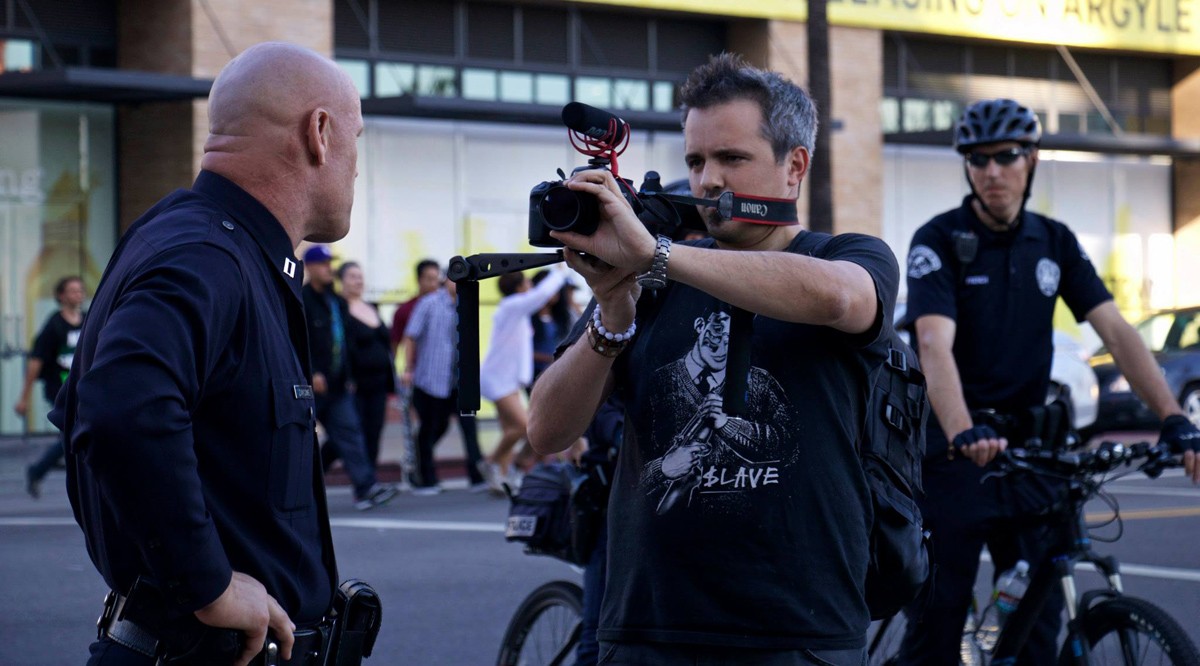
Dylan Avery had a film-editing gig a few years ago that put the Long Beach resident on the road every day to Malibu. Listening to the news on the car radio during his morning and evening commutes, Avery kept tabs on the Kelly Thomas case, which centered on the fatal police beating of a homeless man in Fullerton in July 2011. “Like a lot of other people,” Avery recalls, “I assumed the cops would be found guilty.”
That notoriously did not happen. But the outrage Avery shared with thousands and thousands of Southern Californians caused him to pick up a camera and start shooting footage and interviews at protests over Thomas’ murder. The filmmaker was not yet sure what he would do with what he was collecting—and then the story got much more personal.
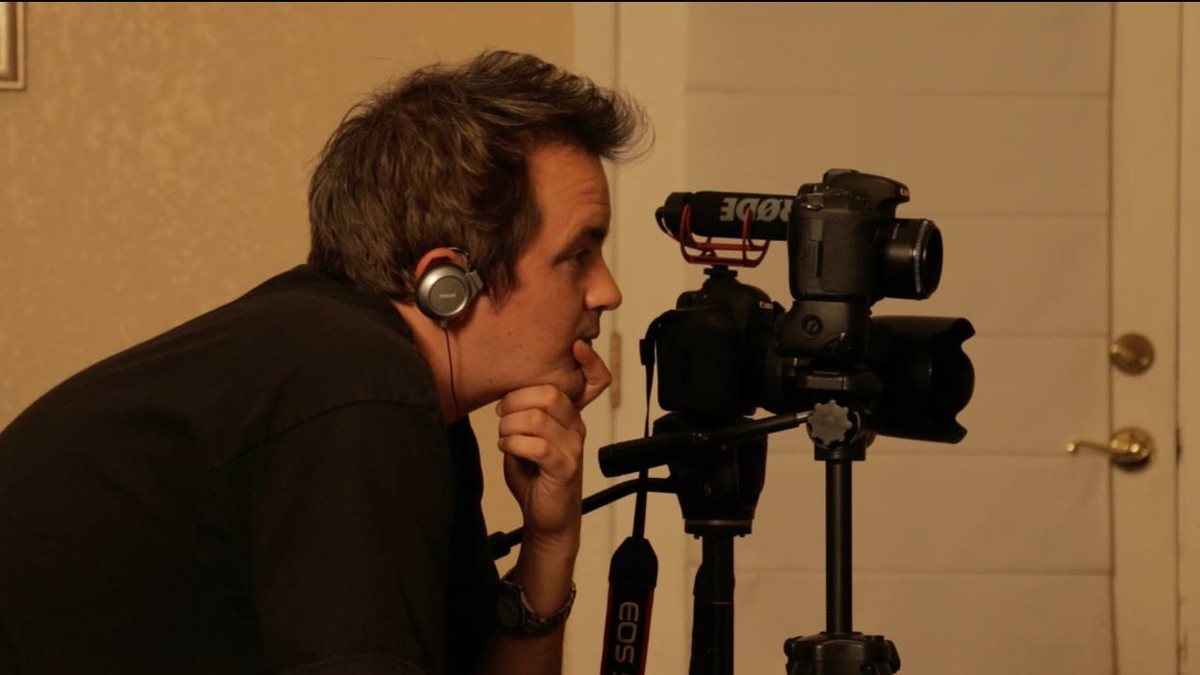
He was walking his dog near his apartment when a sheriff’s patrol car pulled up. A deputy confronted him, and before he knew it, he was sitting in the back of a Los Angeles Sheriff’s Department vehicle. Avery had told a deputy who demanded identification that he had not grabbed his wallet because he was only taking his dog for a walk, but that they could all go get it together at his home nearby. He was instead stuffed into the back of a cop car.
As Avery’s story was being checked out, he looked out the window to see a deputy approaching his dog, who was tied up and just as scared and bewildered as its master. “I was legitimately terrified for myself and my dog,” Avery says. “God forbid if something had happened.”
The deputies had responded to a call about a student who had apparently made threats to his school. Avery came under suspicion because in addition to a dog leash, he carried a camera near the same campus. He explained to the authorities that he shot nothing of the school but instead the nearby freeway, offering to show deputies the images on his camera.
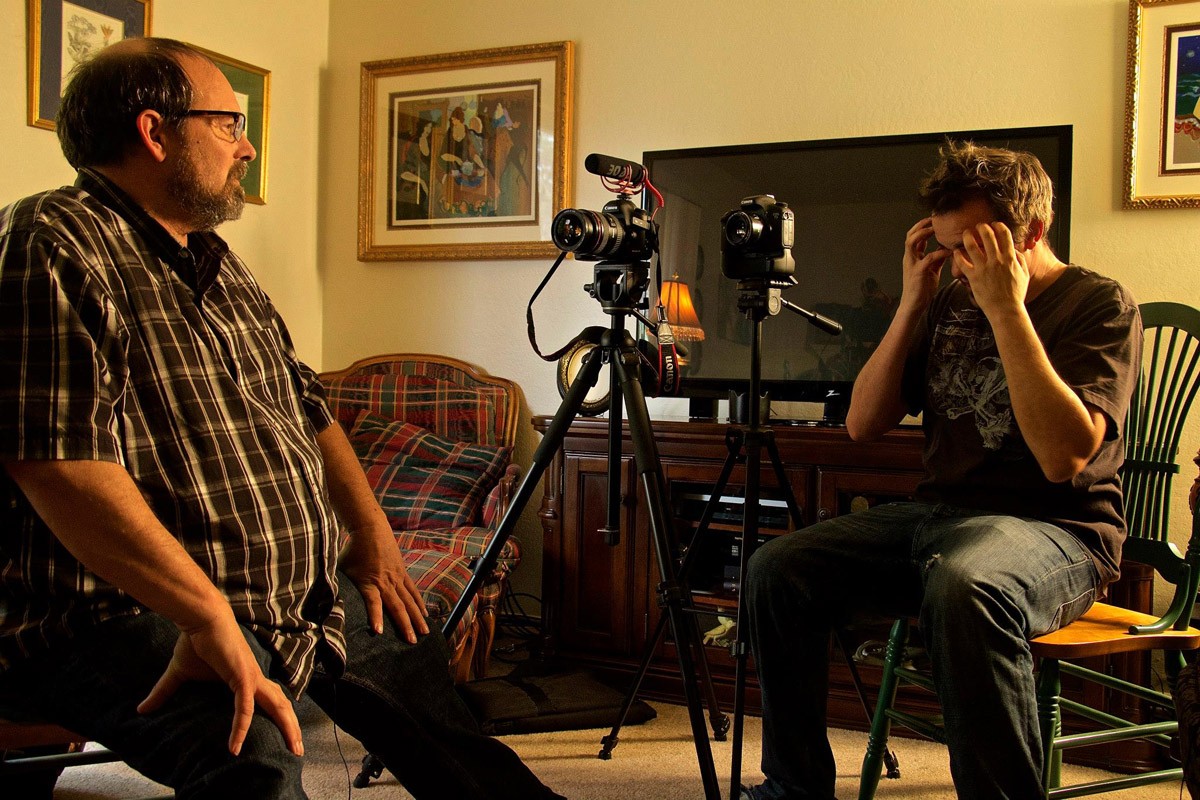
Avery ultimately received an apology and instructions to carry ID with him in the future. But the Kelly Thomas case combined with Avery’s own experience and stories about police brutality all across the country he was by then reading on Facebook provided the context for what would become Black and Blue, his new documentary being presented at the Catalina Film Festival, which opens Wednesday.
By the way, just about anyone with an internet connection already knows of Avery’s work. He wrote, produced and directed the controversial series of films known as Loose Change, which challenges the official accounts of what happened in the 9/11 terrorist attacks and implies it was actually a false flag operation. Loose Change first appeared online in 2005, was revised and recut multiple times in the years that followed, and ultimately got a Netflix run.
Avery, who famously broke from some of the conspiracy theorists who originally helped to make Loose Change an online phenomenon, says he has matured as a filmmaker and social-justice reporter with Black and Blue. While shooting a Kelly Thomas protest, he struck up a conversation with a fellow sitting on a bench who asked if Avery had heard of the Bobby Henning shooting. The 22-year-old was shot and killed by a sheriff’s deputy in Paramount in 2012. “The cops definitely murdered that kid; I was there,” said the man on the bench. “And the anniversary is coming up.”
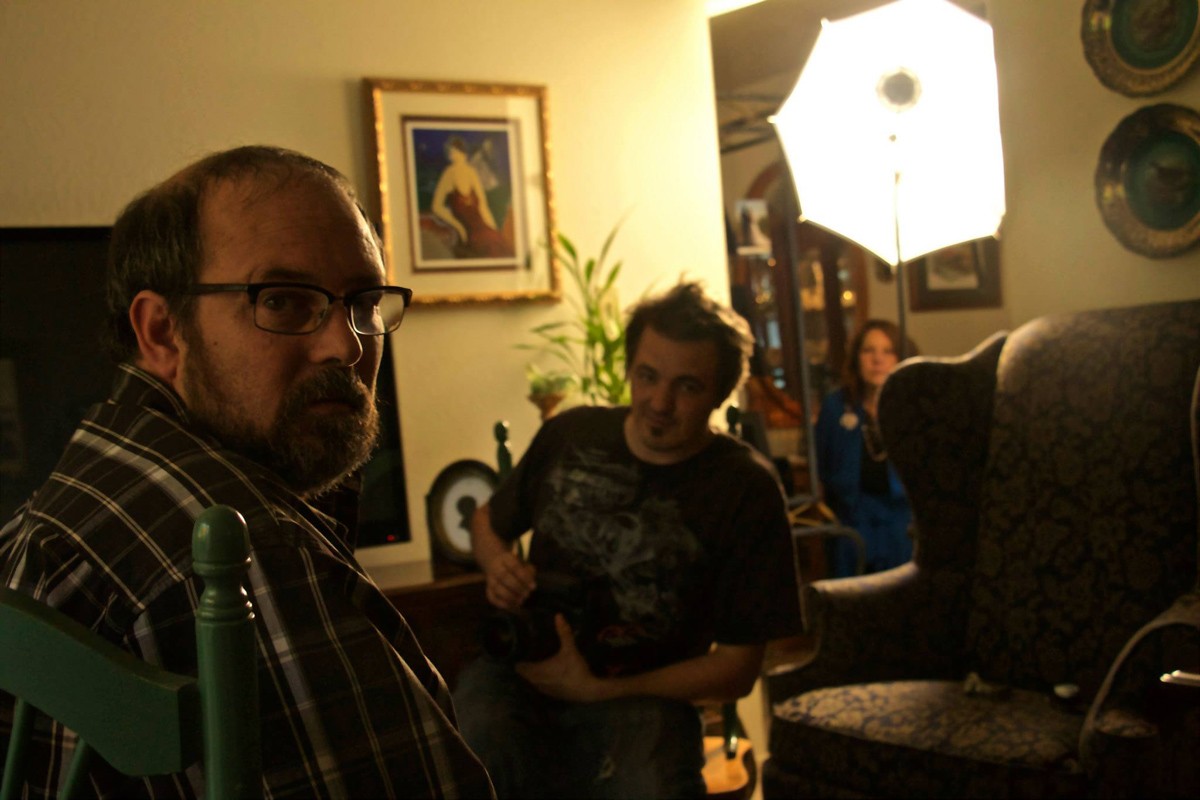
That sent Avery and his camera to Paramount, to capture another rally and meet Henning’s parents. The following day, it was off to Downey, where unarmed, father-of-four Michael Nida had been shot to death by a police officer as he and his wife were getting gas before driving on to dinner.
“It just snowballed from there,” Avery says of the cases that kept coming at him, “and it’s not just limited to Los Angeles.” He mentioned New York, Massachusetts and other places that served as settings in Black and Blue, which explores not only officer-involved killings, but also brutal beatings. In the midst of Avery’s travels and filming, Ferguson, Missouri, blew up.
Asked whether he was the witness to a disturbing trend or business as usual that we all now see thanks to cellphones, Avery answers, “That was definitely one of my questions” posed in Black and Blue. “There are more ways to get news out sooner. You do not just send tape to NBC, hope they look at it, hope they air it and hope someone watches it. How many videos have we seen live on Facebook right after a loved one was killed? They are right on the scene and instantly broadcasting to millions.”
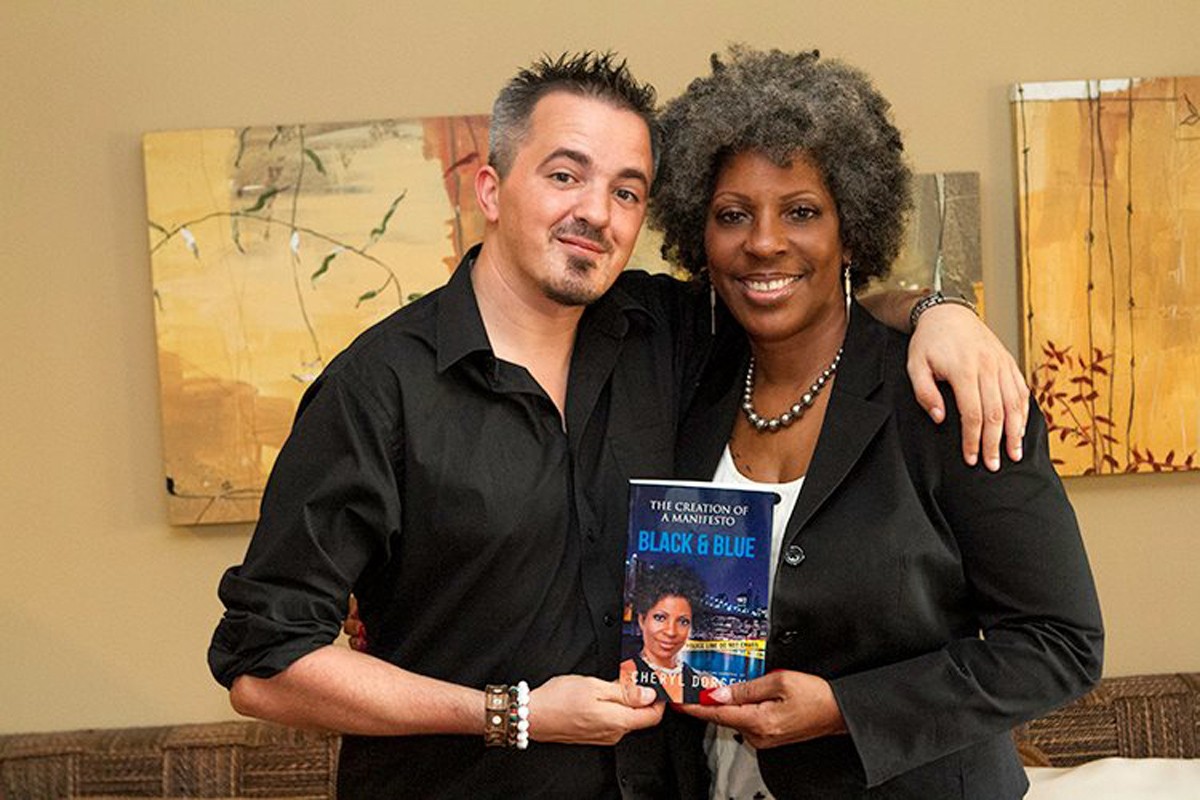
Avery believes a macro view of what’s happening nationwide exposes “systemic oppression” by police that “has always been around. . . . But I also think the military took over this country 10 to 15 years ago,” he says. “It helped shape that culture. A good percentage of police shootings are by ex-military. They are trigger-happy—not to paint veterans in broad strokes.”
Law enforcement, Avery contends, provides “a replacement of the sense of purpose” many had felt while serving the country. They find willing employers, he adds, because these days, “police depend on more desperate hiring policies” to overcome the stigma of being a cop.
Despite this sad state of affairs, Avery remains hopeful, thanks to a reduction in police-involved incidents since the “big swell” of 2015-16 and the “small little steps” toward reform taking hold across the country. “It is really interesting to see how this went from a small issue to now a much bigger issue,” Avery says of the transformation captured in Black and Blue. “The public is interested. I think change is on the way, although it will not happen immediately. That is the only downside to expect.”
Black and Blue was directed by Dylan Avery. Screens at Overlook Hall, 209 E. Whittley Ave., Avalon. Sept. 29, 12:30 p.m. $10 (cinema pass grants access to all films showing that day for the festival). For more info about the Catalina Film Festival, www.catalinafilm.org. Sept. 27.-Oct. 1.

OC Weekly Editor-in-Chief Matt Coker has been engaging, enraging and entertaining readers of newspapers, magazines and websites for decades. He spent the first 13 years of his career in journalism at daily newspapers before “graduating” to OC Weekly in 1995 as the alternative newsweekly’s first calendar editor.

